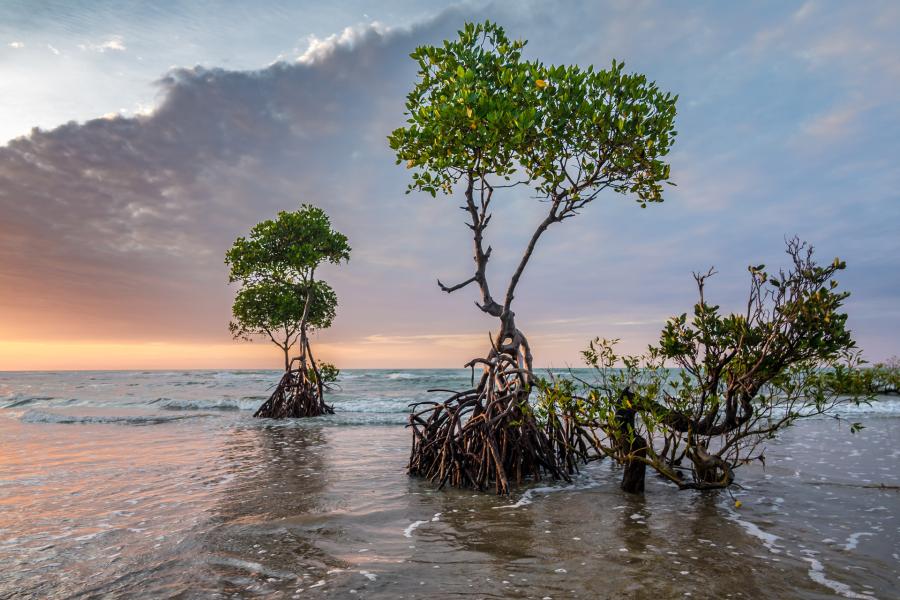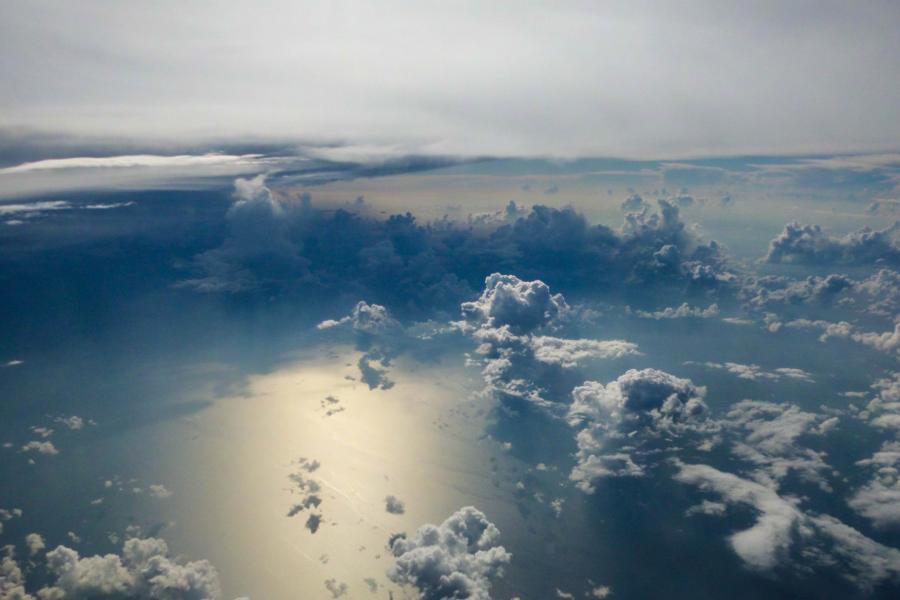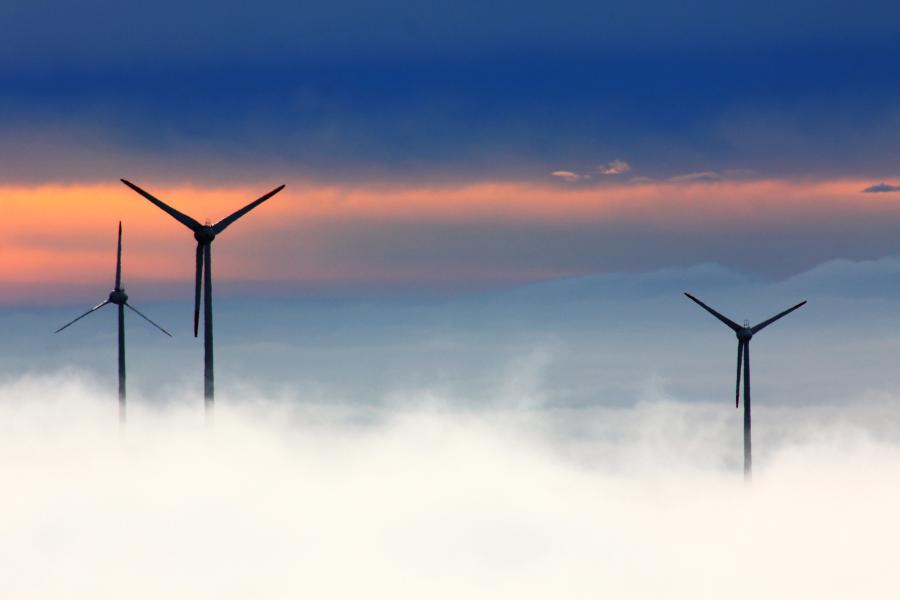Rocky shores: Role of natural and human disturbance, physical gradients, competition, trophic interactions, larval supply and physiological condition on recruitment and biodiversity.
Salt marshes: Role of natural disturbance and human activities on persistence, stability and biodiversity in the factors driving the long-term persistence of saltmarshes. Saltmarshes as nursery habitats.
Shelf Seas: Effects of environmental and anthropogenic drivers (e.g. fishing pressure, changing seabed mobility) on the biodiversity and community organization of habitats of the Irish and North Sea.
Polar ecosystems: Arctic and Antarctic Ocean: Influence of warming and anthropogenic effects on reproductive biology, biodiversity and benthic-pelagic-atmospheric coupling.
Corals reefs of the Caribbean, the Pacific and the Indian oceans. Influence of biophysical and anthropogenic drivers on the biodiversity of coral systems, from bacteria to sharks.
Mangroves of the SE Asia, East Africa and the Arabian Gulf. Role of mangroves for carbon sequestration and coastal protection.
Drivers of decline in animal populations. Focus on marine vertebrates, such as seals dolphins and shorebirds.
Movement and distribution of cetaceans, pinnipeds, and seabirds, and how that links to the quality of benthic and pelagic habitats.
Models of larval dispersal, population connectivity recovery and metapopulation dynamics in marine invertebrates.
Role of anthropogenic and natural disturbance in patterns of community structure at different spatial scales.
Benthic and pelagic habitats driven by physical processes in the water column (e.g. waves and tides).
Hydrodynamic, sedimentological, and biological drivers of cohesive and non-cohesive seabed dynamics.
Nutrient fluxes, flocs, sediment and pollutant transport from point and diffuse sources (rivers via shallow marine to deep-marine environments).
Acclimation, adaptation, resistance and resilience – the physiological and life history responses of marine organisms to environmental change.
Upscaling individual responses to populations Effects of heatwaves and other extreme events on organisms e.g., coral bleaching.
Subaqueous landslides and climate change: changing event frequency and carbon storage in the deep ocean.
Modelling of past, present, and future states of the ocean.
The role of tides in ocean mixing and circulation over past geological epochs
Reconstructing the marine environment on geological and historical timescales.
The impact of the ocean on long time scale dynamics of ice sheets.
Identification and parameterisation of the processes driving vertical mixing in the polar ocean.
Quantifying the impact of eddies on the distribution of heat and salt in the polar oceans.
The Atlantification of the Arctic Ocean.
Coastal and estuarine flooding.
Contributing to the development of coastal defences through sustainable coastal defence.
Quantifying role of storms on sea-bed and coastal dynamics.
Combining modelling and observations to characterize the ocean renewable energy resource.
Understanding the feedbacks between energy extraction and the environment.
Optimizing the development of sites at intra- and inter-array scale to maximize energy yield whilst minimizing cost and optimising environmental impact.
Using glacial and geological processes from the past to better understand and predict geotechnical considerations for renewable energy developments today and in the future.
Development of techniques for sustainable aquaculture. Focus on shellfish such as prawns, mussels, oysters, and scallops.
Understanding ecological processes and functions driving shellfish health.
Restocking of European oyster.
Close collaboration with public and private sector.
Water quality, shellfish and public health.
Providing the evidence-base for sustainable management of fisheries.
Quantifying ecosystem effects of fishing on seabed ecosystems.
Monitoring population dynamics of finfish and shellfish.
Collaboration with the fishing industry and contribution to changes in the management of Welsh fisheries.
Related projects:
Delivering understanding on mangrove, saltmarsh, seagrass and sea-bed contributions to carbon storing.
Helping to set up the world’s first project to trade blue carbon certificates, arising from community protection of mangrove forests (Mikoko Pamoja, Kenya).
Contributing to the development and implementation of MPAs in the Irish Sea and in coral reefs of the Cayman Islands, Chagos Archipelago and Pacific Ocean.
Contributing to change government policy of UK overseas territories through the designation of marine protected areas.
Working with food industries and aquaculture managers to reduce poverty and develop sustainable resources.
Ensuring food security, zero poverty and gender equality through work with coastal communities and fishing industries.
Understand coastal and marine hazards to future people, food and environment, their perceived risks and how this influences resilience in communities and behavioural change.
Promoting the One Health of our people and planet through better understanding of human-nature connections and human behaviour in a conservation context.
Physical and biological dispersal of plastics in the marine environment.
Degradation of macro-plastics into microplastics through physical and biogeochemical processes.
Quantification of sources of pollutants on shellfish and wider impacts on aquaculture.
Prediction of extreme compound events cause flooding, pollution, and morphological change.
Quantification of seabed mobility around sub-sea infrastructure and cables.
Contributing to the sustainable and development of coastal mitigation measures with positive ecological impacts.
Geohazards affecting present day coastal use.
Subaqueous landslides as geohazards: tsunami, damage to underwater infrastructure, and pollutant fluxes.
Modelling species range expansion.
Contributing to eradication of invasive species in marinas.
Comparative analysis of responses of invasive species and native competitors to climate change.
Quantifying impact of pathogens on shellfish.
Studying cascading effects of pathogens on aquaculture.
Coral diseases and their impacts.




